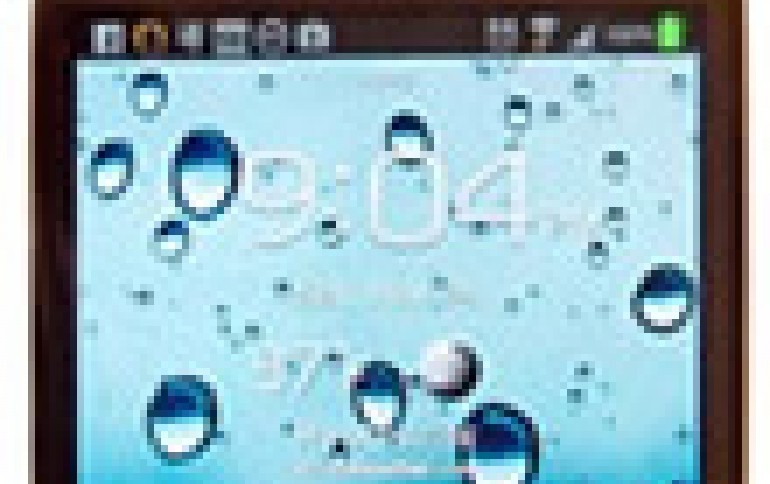
High-end Smartphones Moving Beyond Full HD
Smartphone application processor makers are indicating plans to enable WQXGA (2560x1440) resolution in their 2014 roadmaps, and high performance panel makers such as JDI and LGD are discussing the requirements posed by WQXGA with key component vendors.
At this point, it appears that panel and driver IC makers are planning to launch 5.5", 6.0" and 6.5" panels with WQXGA resolution; the pixel density of these panels would be 534, 489 and 452 PPI, respectively.
Other than the panel itself, the most important component for such high resolution displays is the driver IC, because of the high interface speeds required. The MIPI interface must be expanded to handle the bandwidth requirement posed by WQXGA, which is approximately 7 Gbps assuming a 60Hz frame rate. With MIPI having a maximum interface speed of 1-1.2 Gbps per lane, the application processor must support 8 lanes, up from 4 at present. Qualcomm and MediaTek have announced support for 8 lanes of MIPI interface by 2014, enabling application processor support for WQXGA smartphone displays.
Shawn Lee, senior Analyst for DisplaySearch, notes that just as with the move into full HD displays this year, there are also production capacity issues. The capacity of LTPS LCD displays will be approximately 388K square meter per month in 2014. DisplaySearch forecasts that 359 million smartphone units with LTPS displays will be shipped in 2014. If the yield rate is 85% and the cutting efficiency is 90%, the output of 6" WQXGA panels could be 28 million units per month. Although the supply would be tight, this would be enough to launch flagship smartphone devices.
Regarding foundry capacity for WQXGA driver ICs, assuming a RAM-less design, the driver ICs could be manufactured on an 8" 0.11 ?m or 12" 90 nm line, in which case there is sufficient capacity. But if the designs use embedded RAM (1/3rd would be typical), it would probably need to be manufactured on 12" 55 nm lines, in which case capacity would be limited. Driver IC makers Renesas SP, LG, Samsung and Novatek all are planning to develop WQXGA driver ICs in Q3'13, and planning to launch production by the end of 2013.
Leading smartphone brands are expectd to use WQXGA resolution displays for flagship smartphones, and that at least some will launch at Mobile World Congress in 2014.
Other than the panel itself, the most important component for such high resolution displays is the driver IC, because of the high interface speeds required. The MIPI interface must be expanded to handle the bandwidth requirement posed by WQXGA, which is approximately 7 Gbps assuming a 60Hz frame rate. With MIPI having a maximum interface speed of 1-1.2 Gbps per lane, the application processor must support 8 lanes, up from 4 at present. Qualcomm and MediaTek have announced support for 8 lanes of MIPI interface by 2014, enabling application processor support for WQXGA smartphone displays.
Shawn Lee, senior Analyst for DisplaySearch, notes that just as with the move into full HD displays this year, there are also production capacity issues. The capacity of LTPS LCD displays will be approximately 388K square meter per month in 2014. DisplaySearch forecasts that 359 million smartphone units with LTPS displays will be shipped in 2014. If the yield rate is 85% and the cutting efficiency is 90%, the output of 6" WQXGA panels could be 28 million units per month. Although the supply would be tight, this would be enough to launch flagship smartphone devices.
Regarding foundry capacity for WQXGA driver ICs, assuming a RAM-less design, the driver ICs could be manufactured on an 8" 0.11 ?m or 12" 90 nm line, in which case there is sufficient capacity. But if the designs use embedded RAM (1/3rd would be typical), it would probably need to be manufactured on 12" 55 nm lines, in which case capacity would be limited. Driver IC makers Renesas SP, LG, Samsung and Novatek all are planning to develop WQXGA driver ICs in Q3'13, and planning to launch production by the end of 2013.
Leading smartphone brands are expectd to use WQXGA resolution displays for flagship smartphones, and that at least some will launch at Mobile World Congress in 2014.













